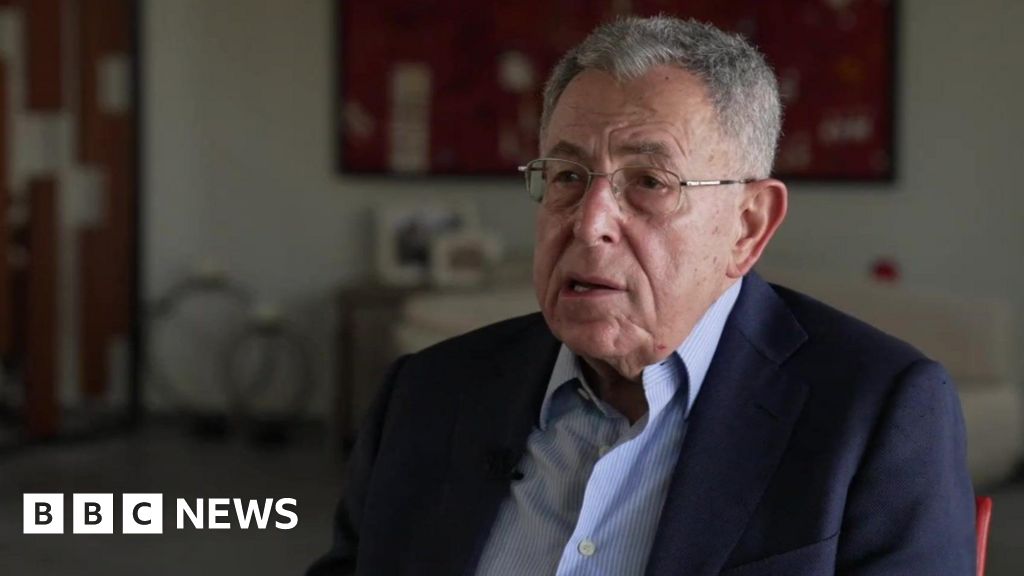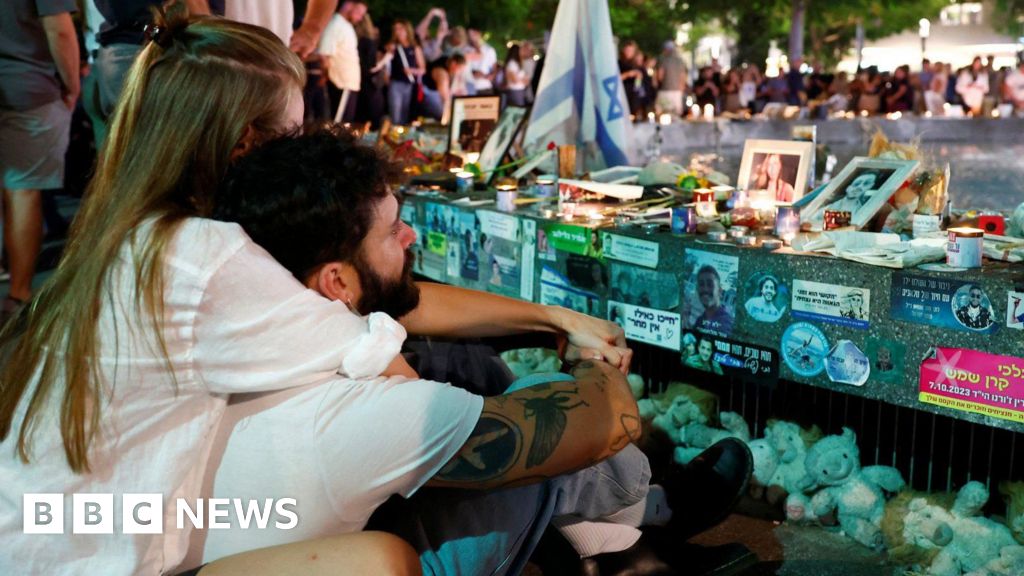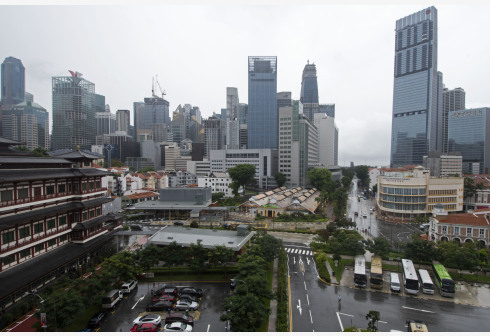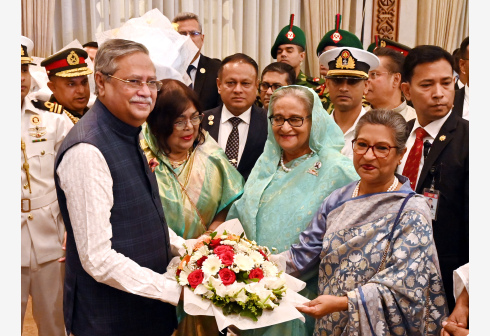Narok Museum provides rich Maa cultural knowledge
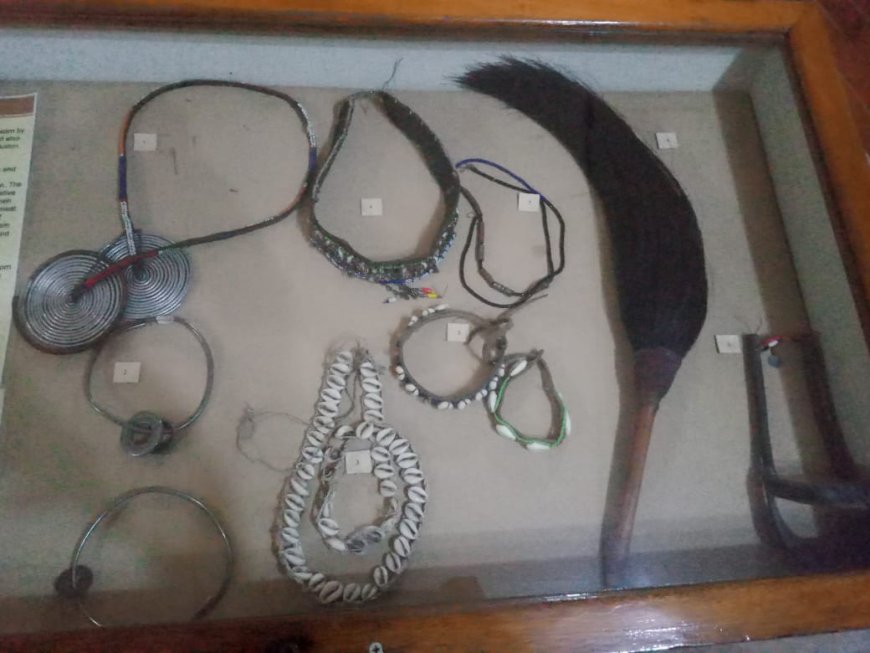
Narok Wednesday, July 12, 2023
KNA by Ann Salaton/Danson Kiruma
At the heart of Narok town stands the Narok Museum which opened its doors to the public back in 1996 to showcase the historical, artistic and cultural features of the Maa community.
Owing to the fact that Narok County is growing to be highly cosmopolitan, the Museum is a vital galley where the rich indigenous Maasai culture is preserved.
Initially, the Museum building was a social hall before it was converted into an office, exhibition gallery and collection room.
Narok Museum curator Elvis Naurori says despite the goodies that come with societal integration; it goes without saying that the Maa indigenous culture could be on the brink of vanishing as people are adapting to modernity.
The fact that more people are now educated means a good number of the locals become not just oblivious to their own culture but also repel it as well.
When such a trend continues, the county will be on the verge of losing its global brand as one of the leading tourist destinations.
Naurori encourages the members of the public to visit the museum to learn more about the Maa culture and satisfy their spirit of adventure.
“The museum is usually open from 9 am to 6 pm. We play host to visitors from outside the county and those from within the county. Our guests are sometimes primary school pupils, high school students, and students from colleges and universities,” he notes.
Naurori says that while the Kenyan curriculum may enlighten students and pupils on some traditional aspects of the Maa community, that knowledge may be reinforced when the pupil or student is able to see and rub shoulders with some of the artefacts.
He adds that the Museum's proximity to the town centre and along the Narok to Bomet highway makes it very easily accessible.
“We have many visitors who visit the museum while they are on their way to the globally famed Maasai Mara Game reserve. When visitors want to get to the reserve they have to use this road and the museum is likely also to be a temporary stop for them,” adds Naurori.
So where exactly does the museum source the artefacts and ornaments?
“We make use of the older generation. This is because they are well versed with all the Maa artefacts that come in different colours, shapes and sizes depending on their purpose,” he explains.
He confirms getting the original artefacts is really a challenge because of the modernization that has compromised the traditions of the Maa community.
“The locals have gone through some sort of culture shift and so do not appreciate the culture that much. This is because of the fact that they have embraced the education system,” he says.
Naurori also gives a clarion call to the locals to make efforts of preserving their culture out of their own volition saying the Maa culture is one of the most attractive cultures in the world.
“Apart from the financial benefits that come with the museum, preservation of such ornaments will also go a long way in enabling the younger generation to comprehend how indigenous culture used to be,” he adds.
The Museum attendant highlights the lack of good space to showcase the traditional artefacts as the major challenge the museum is facing.
“For example, a Manyatta which should be outdoors is currently placed indoors meaning the visitors can only see but cannot enter the Manyatta, which negatively affects the experience,” says Naurori.
When asked about the charges, Naurori said Kenyan adults pay Sh. 200 per person while those below the age of 16 years pay Sh. 100 to explore the museum.
Members from the East African Community pay Sh. 600 per adult while their children pay Sh. 400. Other international tourists pay Sh. 1,200 per adult as the children pay Sh. 600.
Several Narok residents acknowledged the benefit of the museum but called on the Narok County Government to help in relocating the museum to a more spacious ground.
Ms Mercy Nashipae says the museum creates a vivid picture of their culture, making the younger generation appreciate their culture.
“The county government should expand the museum to attract more foreign and local tourists. This will create more revenue for the county,” she says.
The museum contains exhibits about the Maa-speaking communities including the Ndorobos, Samburu and Njemps. The museum also exhibits black and white photographs and contains paintings by Joy Adamson created in the 1950s.
Courtesy ; K. N. A
What's Your Reaction?





































































































































































































































































